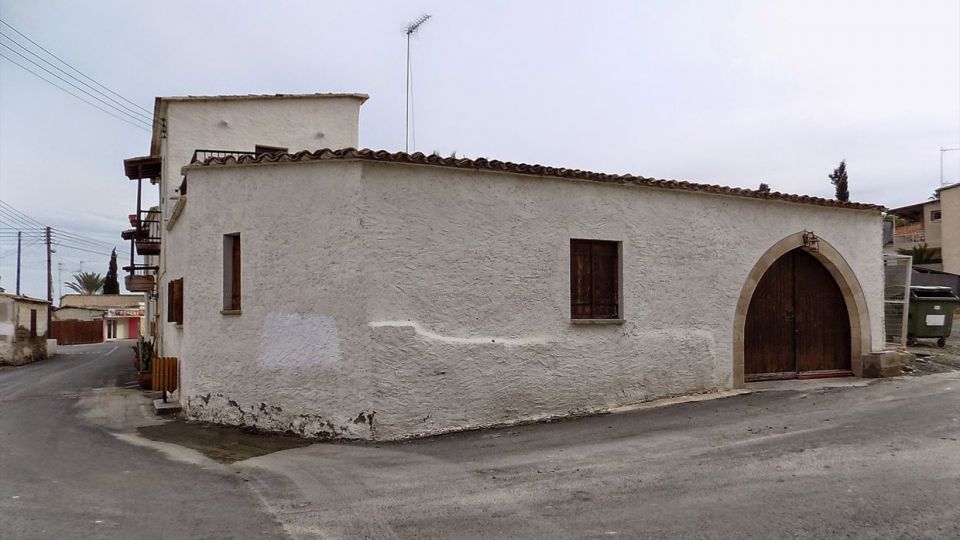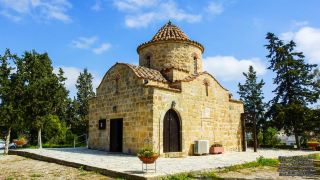The village called Tersefanou is found 14 kilometres west of the town of Larnaca and about 3 kilometres north of the Kiti village.
It is a village with rich history that begins before the Middle Ages when it was one of the many feudals that existed in the seaside plain of Larnaca.
The history of Tersefanou does not stop at the middle ages. It extends and reaches until the prehistoric period. This is witnessed by the archaeological findings that were discovered a few years ago. In addition, on the surroundings of the two big churches you will see remains of ancient columns.
During the Ottoman period, the region of Tersefanou was the main supplier of water for Larnaca. It had a system of wells, that were connected underground and lead the water to the city of Larnaca and then ended up in the centre of Skala with the help of an aqueduct of the time (kamares of Larnaca) and from there it went to the settlers. Tremithos river was part of this irrigation project, since it passes east of the village.
Tremithos today ends up in a water dam that is next to the chapel of Agios Georgios Arperas and even though it was built in the Tersefanou area, the river only benefits a little from the water that is stored. It almost entirely consumed by the settlers of the nearby village. In the centre of the village, there is another aqueduct. An old water basin from which the settlers got potable water. The source of water was discovered by a settler of the village, after he saw a dream.
The intense religious orientation of the residents, lead them to build many churches and chapels in the old days. In the central square, next to the offices of the community council there are two churches one next to another. There are eight churches in total that are as follows:
The Chapel of Agios Georgios Arperas
The Chapel of Agios Andronikos and Athanasia
The Chapel of Agios Georgios Potamou
The Chapel of Agios Dimitrianos
The Chapel of Agios Panteleimonas
The visitor that will chose to visit Tersefanou will have a lot to gain. Apart from the antiquities and the churches, he will be able to visit the water dam and the Aeolic park that is on the north side of the village. He will see the two water basins and many mansions following traditional architecture. Even more, he will be impressed by the hospitality and the willingness of the residents, of which, we should note, a great number are temporarily “guests” since they come from different villages that are occupied by the Turkish troops.




